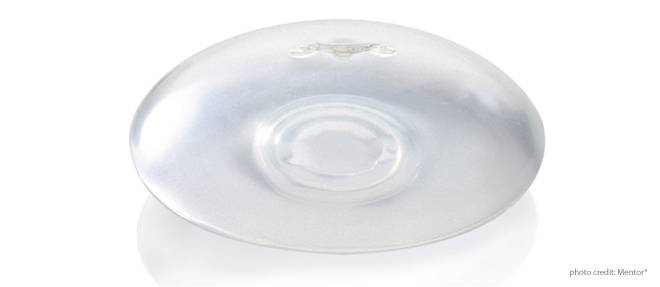5 S’s of Breast Augmentation – SUBSTANCE (Silicone vs Saline vs Fat)

Breast augmentation surgery continues to be one of the most popular plastic surgery procedures in the United States, with more than 286,000 procedures performed in 2015. That’s an increase of 35% since the year 2000!
Patients considering breast enhancement surgery have many different options to choose from. The “5 S’s of Breast Augmentation” is a useful tool to help prospective patients navigate this process. The 5 S’s are: substance (silicone versus saline versus fat), scar location (inframammary, periareolar), surface characteristics (textured versus smooth), size (volume) and shape (round versus anatomic).
As the first in a series, this article will address some of the issues related to selecting the appropriate substance for breast enhancement.
Silicone
The most reliable breast implants today are silicone-filled. All implants that are FDA-approved in the United States, even saline implants, have a silicone shell, or exterior. In addition to the outer shell, silicone implants also contain silicone on the inside. Traditional silicone gel implants have a silicone filing that is sort of a sticky gel matrix. Other types of advanced cohesive silicone gel implants contain a firmer gel that is less likely to leave its shell in the event of a rupture.
Saline
Saline implants were popularized in the United States between 1992 and 2006 when they were the only option available for cosmetic breast augmentation patients. This is because the FDA forbade plastic surgeons from using silicone implants during this time due to unsubstantiated rumors and stories. Saline implants are inferior to silicone implants in most women who desire breast augmentation because they tend to feel less natural, unless there is a significant amount of breast tissue covering them. The typical breast augmentation patient does not have a lot of breast tissue by definition; therefore she is usually better served with silicone devices rather than saline ones.
Fat
Some women seeking breast enhancement are just not comfortable with the idea of breast implants despite the research-based evidence supporting their safety. Fat transfer is a great alternative for patients who feel this way. This procedure involves liposuction of other areas such as the flanks, thighs, hips, or abdomen. The fat is then processed, and carefully placed around the breast tissue to obtain fullness. The average increase in volume from this procedure is about a cup size, depending on how much fat tissue is available for harvest.
View breast augmentation before and after photos from recent Westlake Dermatology & Cosmetic Surgery patients. Our gallery allows the user to filter images by breast implant type: saline or silicone.
I hope you have enjoyed reading this article. Let my team know if you have any questions. The next article in this series will discuss the scar location options available for breast implant placement.
Disclaimer: The contents of the Westlake Dermatology website, including text, graphics, and images, are for informational purposes only and are not intended to substitute for direct medical advice from your physician or other qualified professional.
